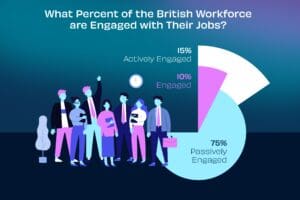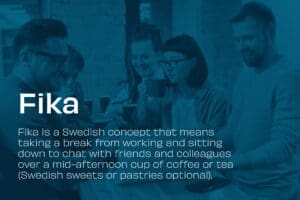Top business and tech leaders convened at London’s National Theatre on the 16th of April for Babble’s Fit to Lead Executive Lunch and Forum. Former head of Twitter in Europe, Bruce Daisley, led the event with a discussion on building leadership resilience and creating a thriving workplace culture.
Reading Time:9 minutes
What This Blog Covers:
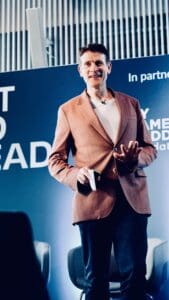 A Bit About Bruce
A Bit About Bruce
Once rated as the top leader in the UK tech sector by Campaign Magazine, Bruce is a seasoned technology leader. His prior business career saw him spending over a decade running Twitter in Europe – and previously, YouTube – making him an extremely experienced leader and tech executive. He is also a published best-selling author. His book, Fortitude was deemed ‘the best business book of the year’ by the Financial Times. His work exemplifies his level of expertise on workplace culture in the UK – and inspired part of his presentation.
Bruce kicked things off with his Resilience – The Myths of Inner Strength keynote, where many insights around workplace culture, employee engagement and the true meaning of resilience were shared. Instead of focusing on individual strength, Bruce’s presentation argued that strong leadership and company success come from fostering a positive and collaborative culture. He explored how leaders can build resilience within this culture by emphasising connection and engagement among employees.
“Leadership doesn’t exist in a vacuum. Leadership is to try and accomplish results. And it’s often through culture that we get there.” – Bruce Daisley
Engagement
A crucial element of developing a successful workplace culture in any business is determined by creating an engaging environment. However, it is important to note that increasing workplace engagement is not the objective but the means of establishing organisational culture. According to Owen Eastwood, “71% of human behaviour is based on the environment we’re in” – and therein lies the promise of workplace engagement: creating a space where people collectively feel valued.
“If the outcome of our leadership is that we create engagement, then by consequence, we should be able to achieve extraordinary results.” – Bruce Daisley
From this, it becomes evident that the companies that master the art of creating a collaborative culture are those that have achieved more than the sum of the parts and have been able to surpass their competitors. Put differently, employees are a company’s greatest asset: they are the key to happy customers and increasing revenue. That being said, leaders should prioritise keeping their employees engaged by facilitating a culture that allows them to do so. However, when it comes to measuring what percentage of the British workforce is described as engaged with their jobs, the numbers paint a sombre picture.
Unpacking this further, 10% of the British workforce are engaged in their jobs; 75% of people are described as being passively disengaged in their jobs; and 15% are actively disengaged. This then poses the question: what is engagement and how do we create it? But before this can be answered, we first need to understand why people become disengaged in the first place. It was found that people typically become passively disengaged in their jobs because their thoughts and suggestions fall on deaf ears. Oftentimes, these are the people who have tried to bring some impact and agency to their job, but their efforts were rejected.
“As leaders, we need to think about, well, can we create a culture that generates that engagement? Can we create something where people’s work really matters to them?” – Bruce Daisley
In asking these kinds of questions, leaders can begin to have productive discussions about culture and define it according to their organisation’s unique structure. Thus, culture means different things to different companies. A global tech firm describes culture as “How business gets done”. Whereas, Reed Hastings – Co-Founder of Netflix – says “Culture is what gets rewarded and what gets punished”. While every business views culture differently, Bruce noted that both of these definitions are missing a crucial factor: the people. Not taking the human element into an organisation’s definition of culture leaves it incomplete, as culture is defined by the values and behaviours of the people who represent it.
Resilience
One of the most desired characteristics for workplace culture to embody is resilience as it translates to an organisation’s ability to navigate setbacks. As a result, employers prioritise building a resilient team that will be able to bounce back from mishaps in the market. Given that resilience has become such a desirable trait, employees are trying to fill that gap by being more resilient without actually knowing what it means to be resilient. Bruce built on this point by suggesting that we have potentially been looking at resilience in the wrong way, as there appears to be a dissonance between what the objective we are trying to create is and the outcome.
Given that resilience has become a multi-billion dollar field, a lot of research and work has been put into solving this conundrum. However, when measured and tested, it appears as though resilience has no impact even though it is a badge of honour many people – like healthcare professionals and combat soldiers – proudly wear. That is because resilience is collectively borne and facilitated through a group of people working together to support each other.
Using the US Army soldiers, who have gone through some of the most extensive resilient training in the world, as an example, Bruce highlighted the fact that resilience does not work in isolation. When these soldiers are removed from their tribe and are no longer surrounded by people who understand their unique experiences, their resilience is weakened.
“The best way to think about resilience is the strength we draw from each other.”– Bruce Daisley
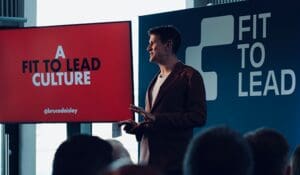 While the definition of resilience may vary slightly according to whom you ask, one thing remains the same: you cannot be resilient on your own. Resilience is typically demonstrated when people feel like they have the support of others who share their mission and sense of identity, which allows them to overcome adversity together. Even when the odds are stacked against them, a group of people, like the Ukrainian Army, will exhibit extraordinary resilience simply because they have the strong cohesive sense that they’re all in the war together.
While the definition of resilience may vary slightly according to whom you ask, one thing remains the same: you cannot be resilient on your own. Resilience is typically demonstrated when people feel like they have the support of others who share their mission and sense of identity, which allows them to overcome adversity together. Even when the odds are stacked against them, a group of people, like the Ukrainian Army, will exhibit extraordinary resilience simply because they have the strong cohesive sense that they’re all in the war together.
Understanding this fundamental element of resilience will allow leaders to implement it in the workplace effectively – especially with the record levels of burnout. In the face of a stressed and largely disengaged workforce, Bruce encouraged employers to think about ways that they can make their employees feel supported and connected to each other. Before the age of remote and hybrid work, this would be a quick fix. However, times have changed and employers need to think about engagement differently by looking at the people who are engaged with their jobs and drawing insights from their experience. With this in mind, Bruce conducted a study which yielded the following insights:
Feeling Seen
Across his results, Bruce concluded that the main takeaway from the experiences of engaged workers is that they feel seen. More specifically, 80% of the people he asked said they had received direct feedback from their boss that week. This means that they felt like their work had been noticed and valued by their superiors.
The Power of Friendship
Closely linked to feeling seen at work, the single biggest predictor of whether someone is engaged with their job is whether they have a best friend at work. Bruce noted that friendship is not much of a priority in adulthood as is a notion that most find ‘silly’. So there is an element of shame around the concept of a “best friend”. But the idea of having a friend at work is crucial for workplace engagement because this is someone to bounce ideas off, vent to, laugh with and continuously makes you feel seen with the added benefit of understanding you.
Ensuring that everyone has a work best friend feeds into the idea of ‘we’re all in this together’ that resilience is built upon and fills the missing human element in an organisation’s definition of culture discussed earlier. Thus, prioritising social connection in the workplace will not only increase the team’s engagement but their resilience as well. In speaking to fostering friendship in workplace culture, Bruce mentioned two terms: Fika and Simcha.
Fika
This Swedish custom symbolises the importance of friendship and of taking breaks throughout the workday. In a study done in a Bank of America call center, researchers were curious to see if social connections would make a difference in employees’ stress levels. Firstly, they found that sending 20 people on break together resulted in a 19% drop in their stress levels as they had the opportunity to engage with like-minded people who made them feel seen. More notably, performance levels went up by 23% given their ability to debrief and draw on each other’s experiences to navigate concerns they were facing at work.
Simcha 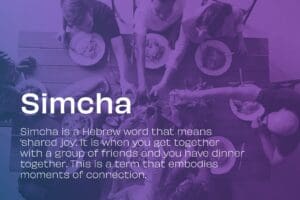
Drawing from the former Chief Rabbi of the UK, Rabbi Jonathan Sachs, Bruce agreed that simcha is how culture is created. Put differently, culture is broadly about what organisations value and pay attention to, simcha is how those values are prioritised by creating moments of coming together. Babble’s Ride Across Britain is a perfect example of this: the cyclists’ shared sense of purpose and identity is what allowed them to harness the immense resilience needed to navigate the plethora of hardships and challenges faced along the way. Bruce noted that this event is not only a teachable moment for the cultures that we come from, but also in terms of thinking of our own sense of drive, connection and leadership.
“Culture is feeling like you’re part of something bigger. It’s that shared joy. It’s feeling connection.”– Bruce Daisley
When people feel like they are part of something bigger, it transforms their experience because it is shared. In speaking to how this feeds into workplace culture, resilience and engagement, Bruce concluded that leaders need to ensure that everyone in their team feels seen and believes that they are a valued part of an environment that they have helped create. He ended his Resilience – The Myths of Inner Strength keynote by emphasising the sentiment: ‘We’re all in this together’.
Check out the next blog post where we unpack the immersive Q&A session that followed Bruce’s presentation.
